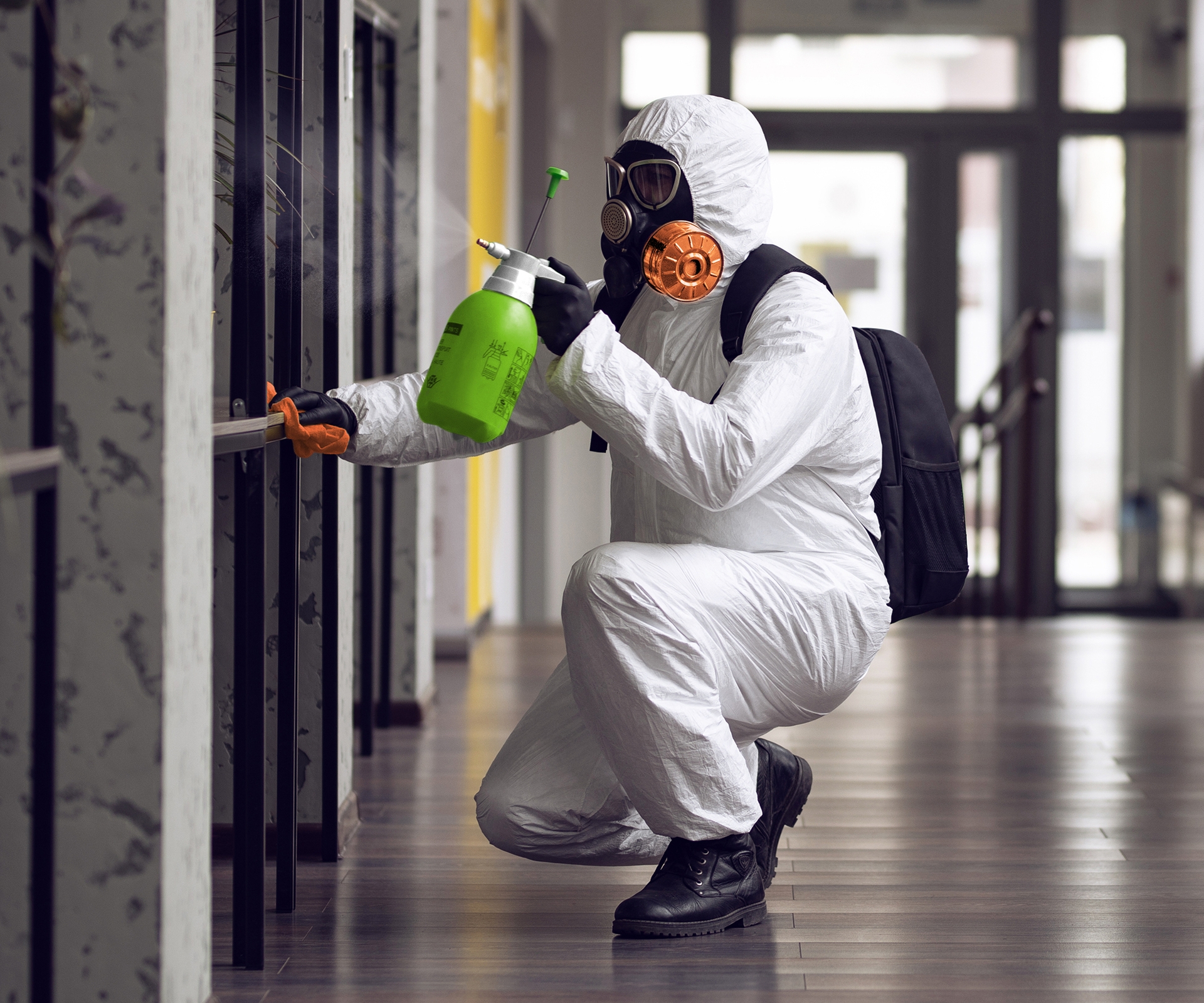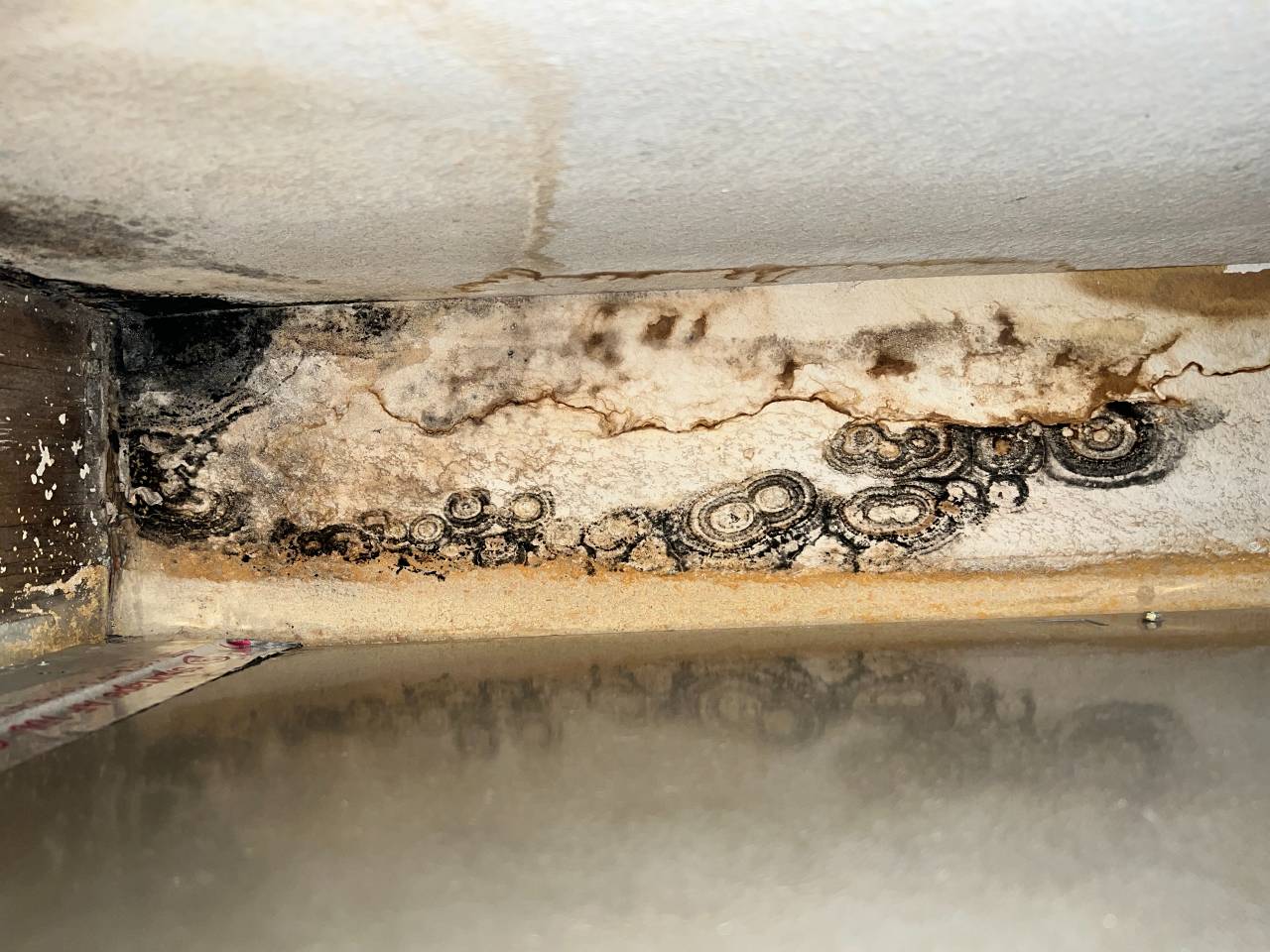Vital Actions After Mold Remediation
Wiki Article
Your Ultimate Guide to Blog Post Mold Removal Techniques
Browsing the world of post-mold remediation techniques is a meticulous process that demands attention to detail and a detailed understanding of the ins and outs entailed. In the aftermath of mold invasion, recognizing exactly how to efficiently eliminate the mold and mildew and prevent its reoccurrence is critical for preserving a healthy interior setting. From picking the best cleansing and disinfecting methods to executing methods for long-term mold and mildew avoidance, each step in the removal journey plays a critical function in ensuring an effective result. As we get started on this expedition of post-mold removal techniques, we will discover the vital strategies and finest methods that can help you restore your area to its pre-mold condition and safeguard it versus future mold and mildew hazards.Comprehending Post-Mold Remediation Refine
After finishing the mold and mildew removal procedure, it is vital to understand the post-mold removal methods that are essential to make sure a complete and reliable cleaning. Once the mold and mildew has actually been removed, the next step includes cleansing and sanitizing the influenced locations to avoid any regrowth of mold. This consists of making use of specialized cleansing agents to clean down surfaces and kill any kind of continuing to be mold and mildew spores. It is important to dry out the area totally to prevent the development of mold and mildew in the future (Post Remediation Inspection near me). Proper ventilation and dehumidification can aid in this procedure.
In addition, conducting a final assessment post-remediation is crucial to ensure that all mold has been successfully eradicated. If the assessment discloses any type of sticking around mold and mildew, added remediation might be needed.
Reliable Cleaning and Decontaminating Methods

Avoiding Future Mold And Mildew Development

Significance of Appropriate Air Flow
Appropriate ventilation plays a crucial duty in stopping dampness build-up, a vital aspect in mold growth within interior atmospheres. Efficient air flow systems help remove excess humidity from the air, lowering the possibilities of mold and mildew spores discovering the wetness they require to spread out and sprout. Without ample air flow, indoor rooms can become a breeding place for mold and mildew, resulting in potential wellness risks and structural damages.By guaranteeing proper air flow, ventilation systems can also aid in drying moist locations extra rapidly after water damages or flooding incidents, additionally deterring mold development. Post Mold Remediation Report. Precede like shower rooms, cellars, kitchens, and attics where dampness levels tend to be greater, mounting and keeping efficient air flow systems is important in stopping mold invasions

Surveillance and Maintenance Tips
Given the crucial role that proper ventilation plays in protecting against mold development, it is essential to develop effective surveillance and upkeep pointers to ensure the continued capability of ventilation systems. Tracking moisture levels within the residential or commercial property is additionally important, as high moisture can contribute to mold and mildew development. By remaining aggressive and conscientious to the condition of ventilation systems, residential or commercial property proprietors can successfully alleviate the threat of mold and mildew regrowth and keep a healthy and balanced interior environment.
Final Thought
Finally, post-mold remediation methods are important for making sure a clean and safe environment. Understanding the procedure, carrying out efficient cleaning and disinfecting approaches, stopping future mold growth, maintaining appropriate ventilation, and routine monitoring are all critical actions in the removal process. By following these standards, you can successfully remove mold and stop its return, promoting a healthy and balanced living or working room for all residents.In the aftermath of mold infestation, recognizing just how to effectively get rid of the mold and stop its reoccurrence is critical for keeping a healthy and balanced indoor environment. When the mold has been gotten rid of, the next action entails cleansing and disinfecting the influenced locations to stop any regrowth of mold and mildew - what to do after mold remediation. After eliminating noticeable mold and mildew growth, it is vital to clean all surfaces in the afflicted location to eliminate any type of staying mold and mildew spores. To additionally improve mold and mildew prevention measures, it is important to attend to underlying concerns that at first led to mold and mildew advancement.Offered the critical function that correct ventilation plays in protecting against mold and mildew growth, it is critical to develop efficient tracking and upkeep tips to make certain the continued functionality of ventilation systems
Report this wiki page